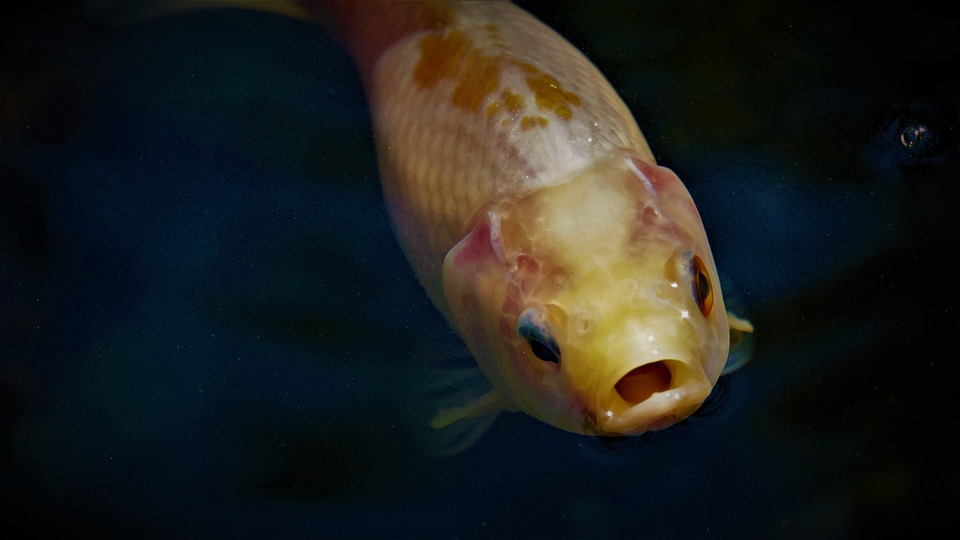In the world of fishkeeping, one of the biggest concerns for fish owners is the presence of internal parasites in their aquariums. These parasites can wreak havoc on the health and well-being of fish if left untreated. It is crucial for fishkeepers to understand the common internal parasites that can affect fish and take appropriate measures to prevent and treat infestations.
Internal parasites in fish can be broadly categorized into two types: protozoans and worms. Protozoans are single-celled organisms that can cause various diseases in fish, while worms are multicellular organisms that can also lead to health issues. Understanding the symptoms of internal parasite infestation is the first step in identifying and addressing the problem.
Behavioral changes are often the first signs of internal parasite infestation in fish. Loss of appetite, lethargy, isolation from other fish, abnormal swimming patterns, and flashing or rubbing against objects are common behavioral symptoms. Physical signs include weight loss, swollen abdomen, distended or discolored anus, and sometimes visible worms or protozoans in the fish’s feces.
Some of the most common internal parasites found in fish tanks include protozoans like Ichthyophthirius multifiliis (Ich), Cryptocaryon irritans (Marine Ich), Costia necatrix, and Trichodina spp. Worms such as roundworms (nematodes), tapeworms (cestodes), and flatworms (trematodes) are also prevalent in fish tanks.
Preventing internal parasite infestations is key to maintaining a healthy aquarium. Quarantine tanks play a crucial role in preventing the spread of parasites. New fish must be quarantined and observed for signs of infestation before being introduced to the main aquarium. Proper hygiene and maintenance practices like regular water changes, proper filtration, cleaning and disinfecting equipment, and avoiding overcrowding can also help prevent infestations.
When it comes to treatment options, there are various medications available for different types of internal parasites. Anti-parasitic medications are used to target protozoans, while deworming medications are effective against worms. It is important to choose the right medication and dosage and administer them safely to avoid any harm to the fish.
In addition to medications, some fishkeepers opt for natural remedies and preventive measures. Garlic-infused foods, adding salt to the aquarium, and enhancing the fish’s immune system through proper nutrition are some natural approaches that can help combat internal parasites. However, it is important to note that natural remedies may not be as effective as medications in severe infestations.
To address common queries, a section of frequently asked questions (FAQs) can be included in the article. Questions like whether internal parasites can spread to other fish, how long it takes for symptoms to show, specific signs to look for when identifying internal parasites, the role of diet in prevention, and the effectiveness of natural remedies compared to medications can be addressed in this section.
In conclusion, understanding the common internal parasites that can affect fish tanks is crucial for fishkeepers to ensure the health and well-being of their aquatic companions. By recognizing the symptoms, implementing preventative measures, and seeking appropriate treatment when necessary, fishkeepers can provide a safe and thriving environment for their beloved fish. Regular monitoring and prompt action are key to maintaining a parasite-free aquarium and ensuring the happiness of both the fish and their owners.









